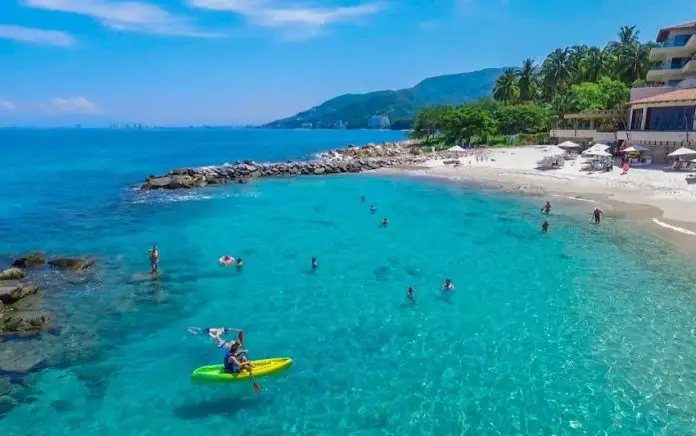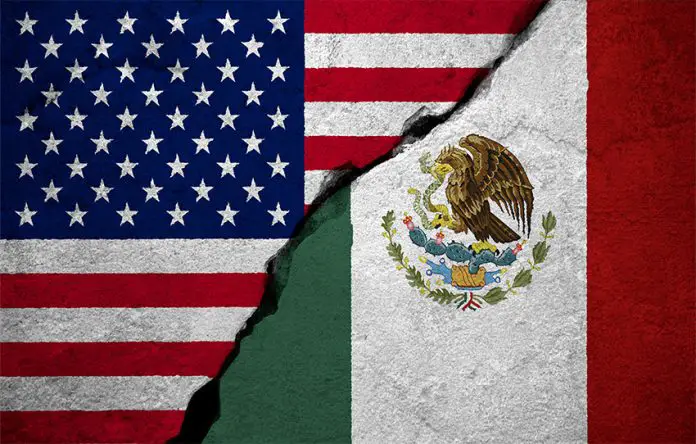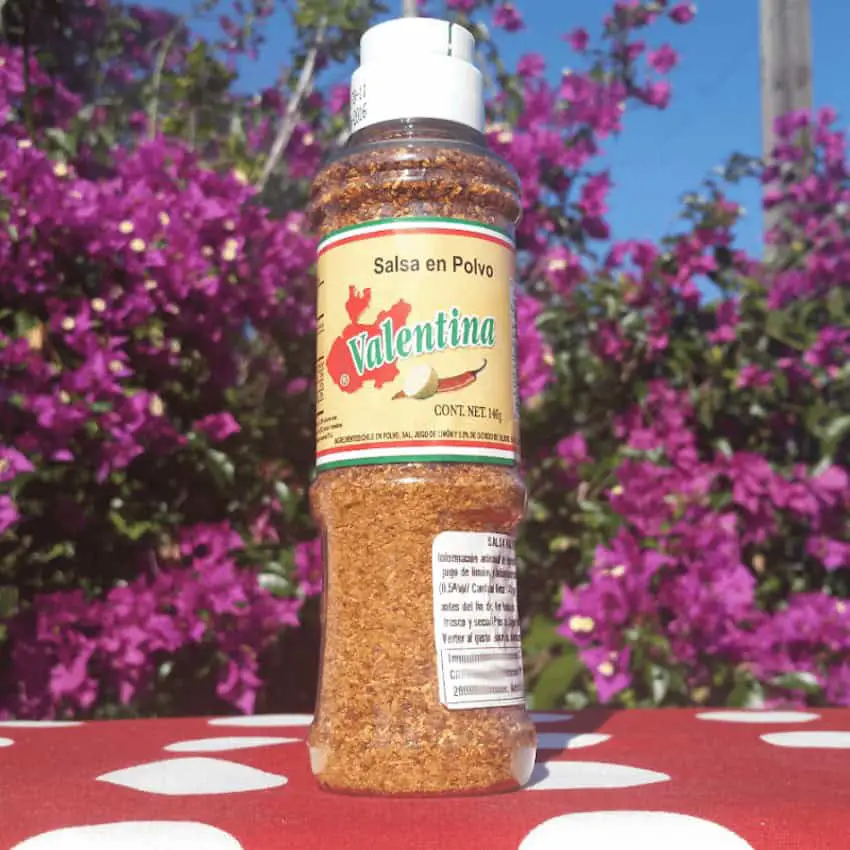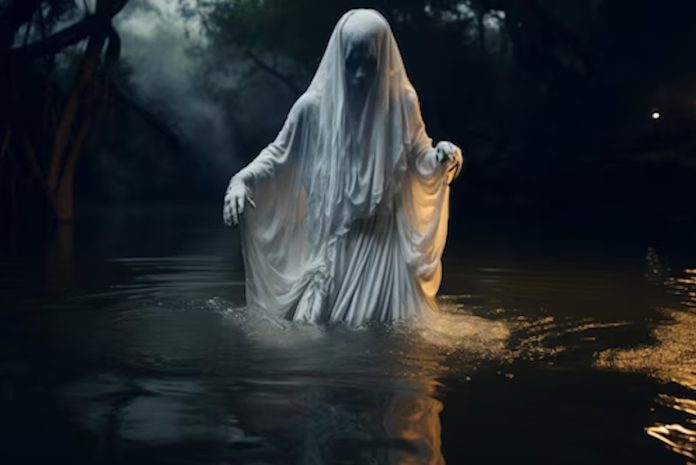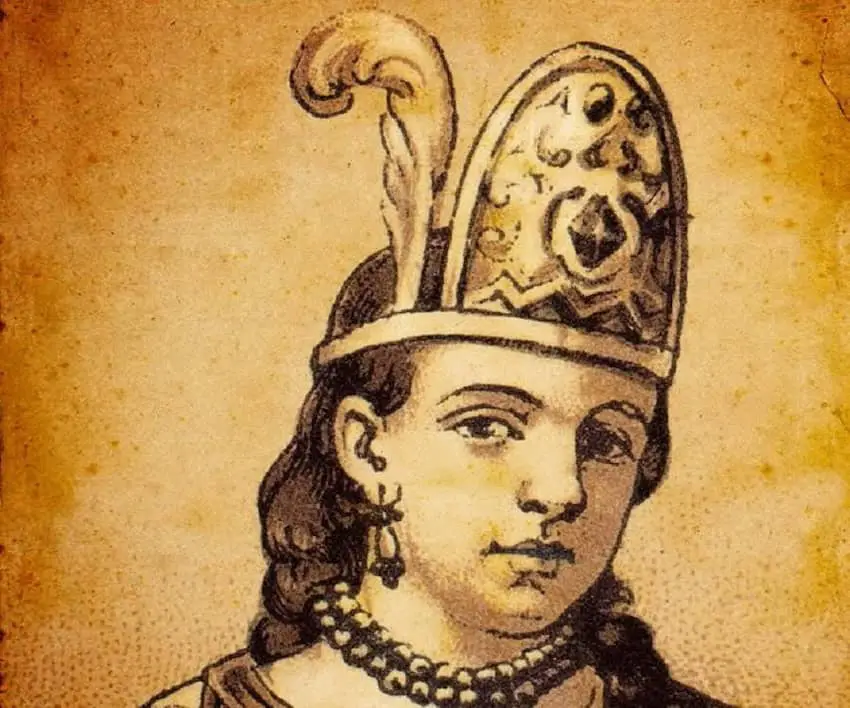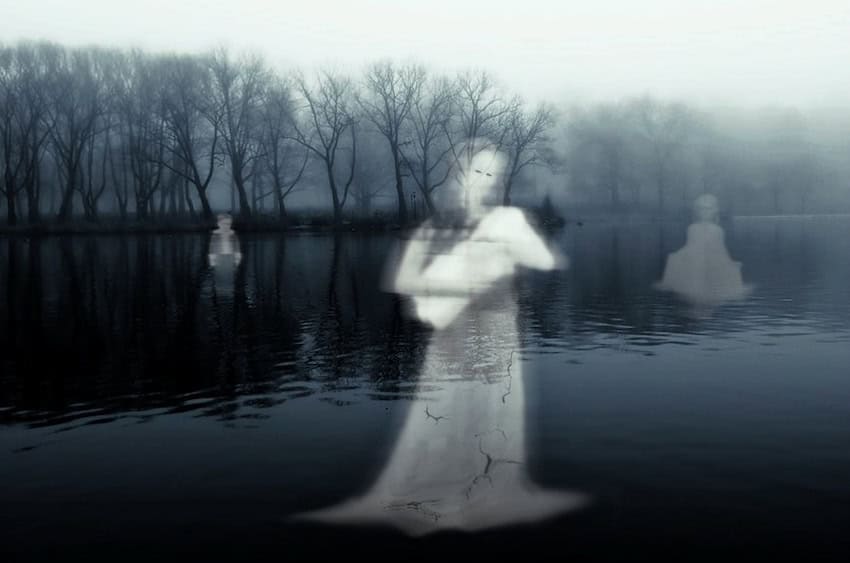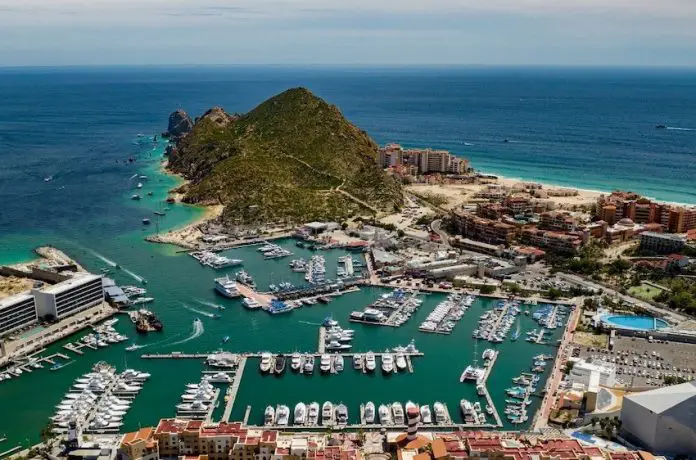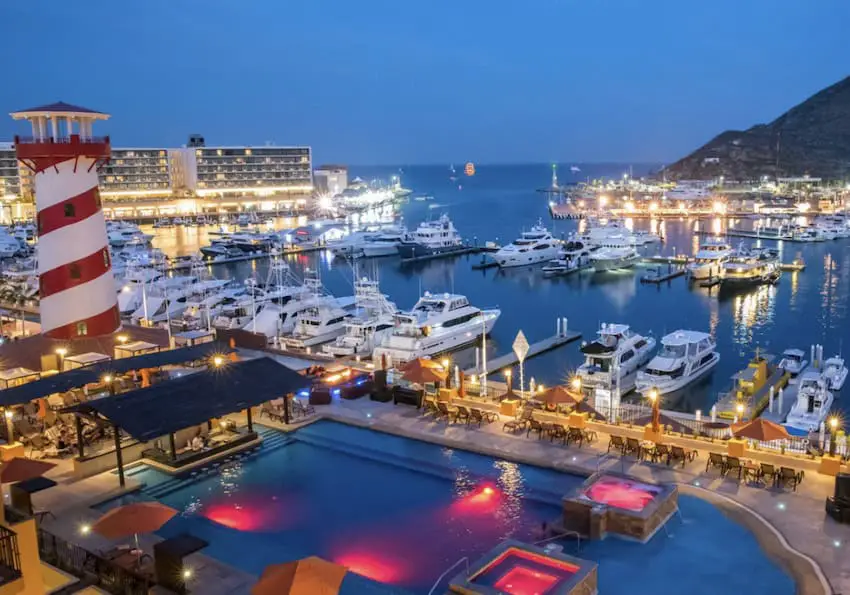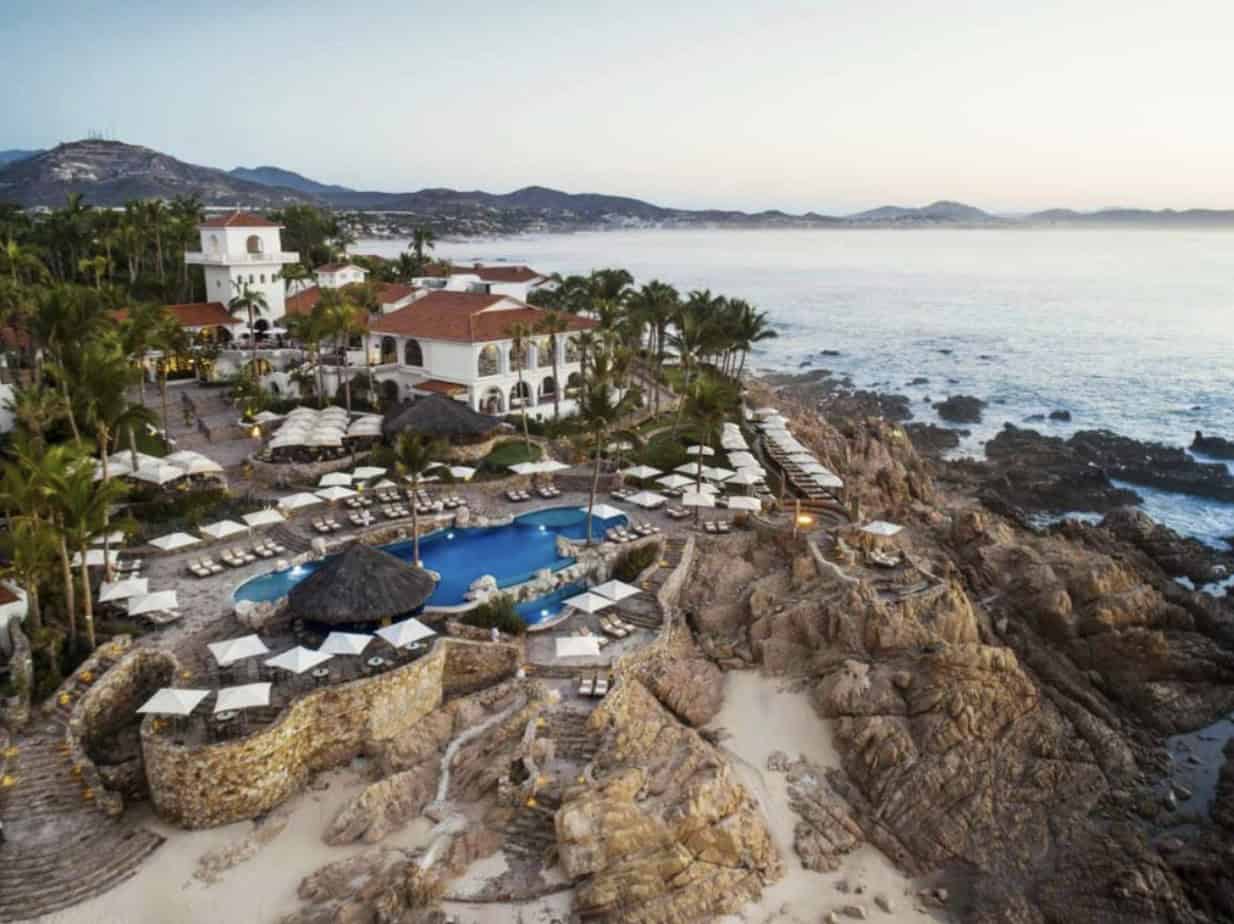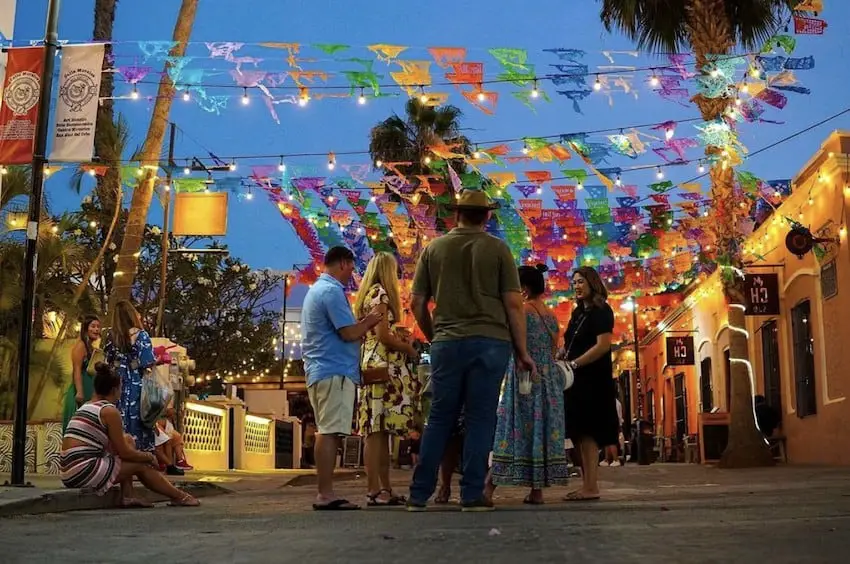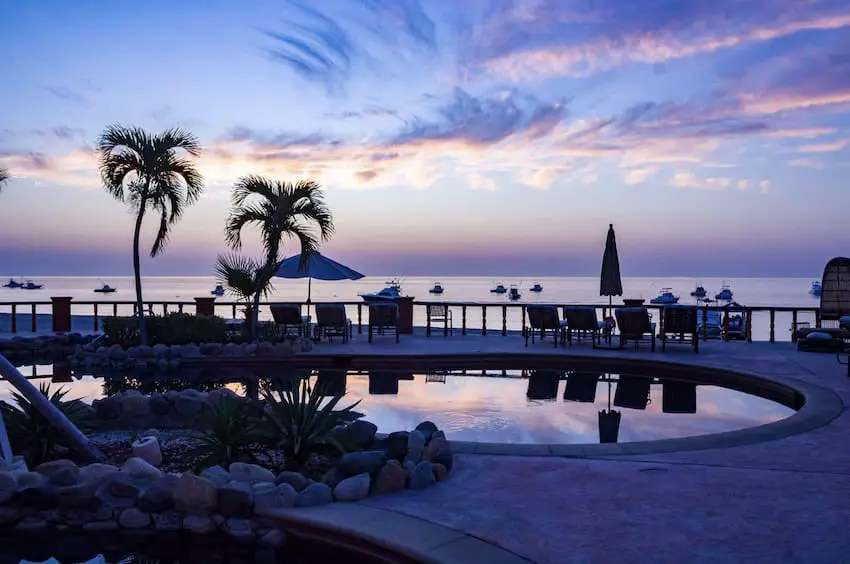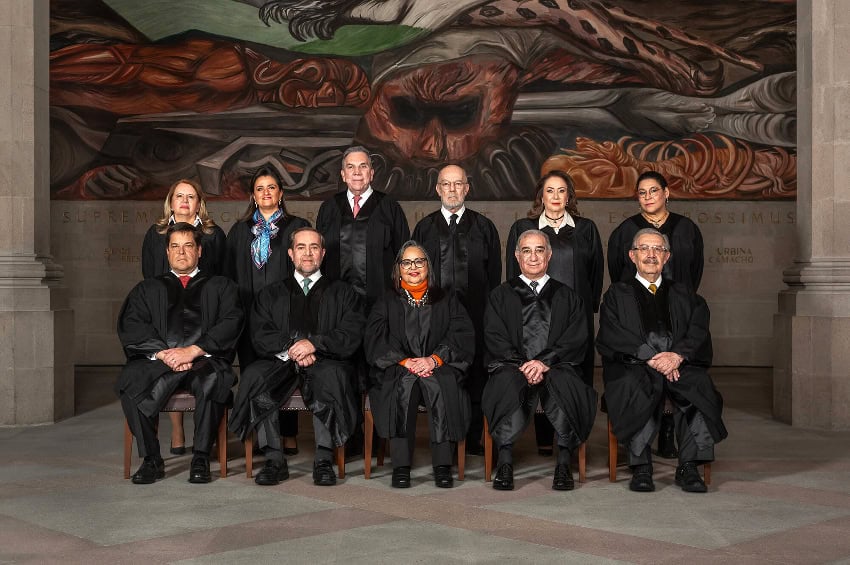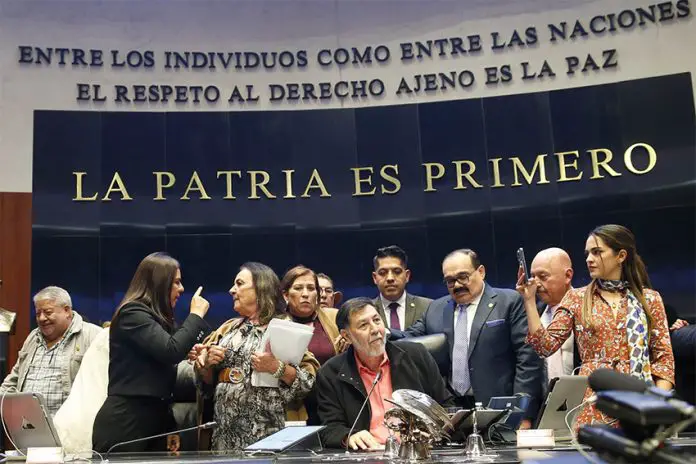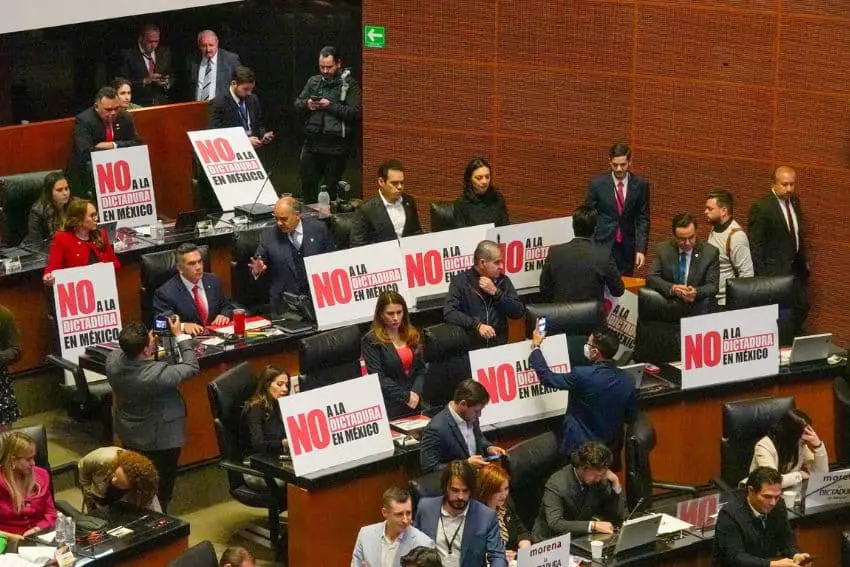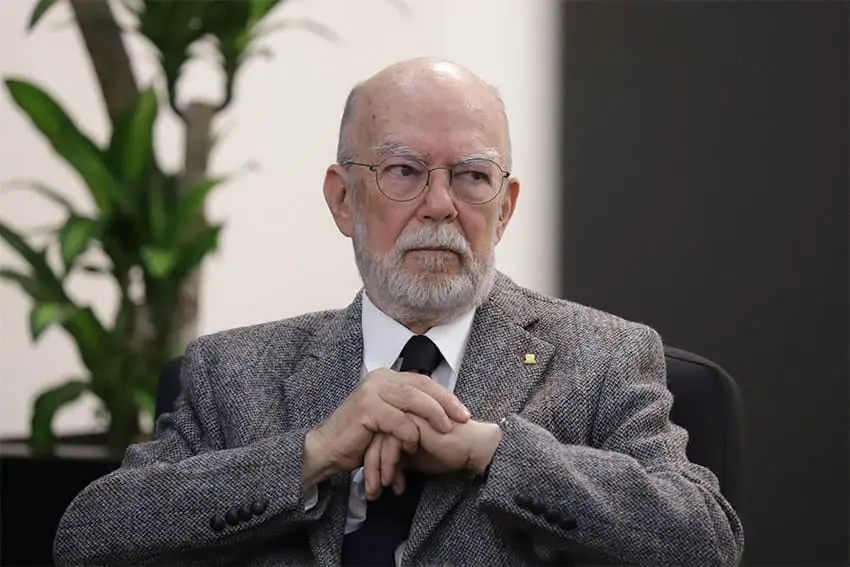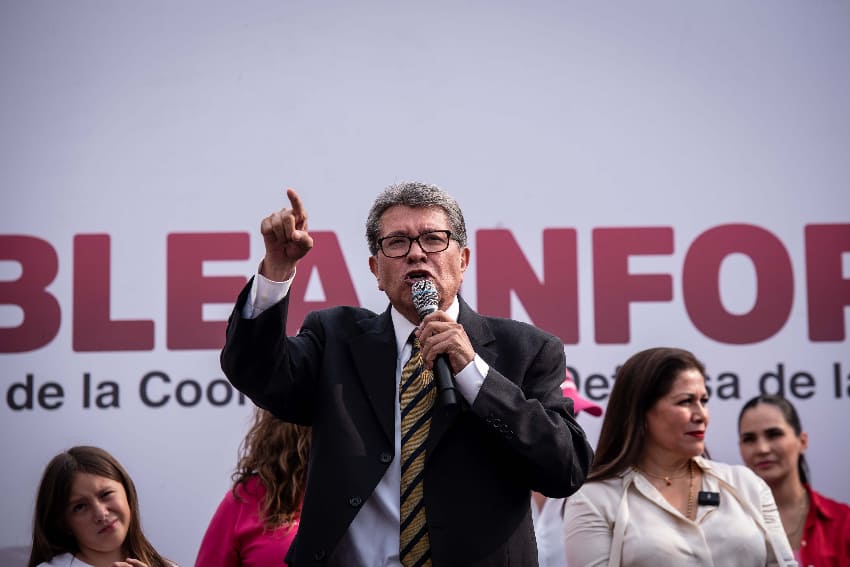Puerto Vallarta may be a beach town, but it’s far from ordinary. As someone who’s lucky enough to call this place home, I can tell you that there’s so much more to discover beyond the beautiful coastlines and all-inclusive resorts. Whether you’re into adventure, food, or culture — or just want to kick back and relax — you’ll find plenty of ways to get underneath the skin of this beach resort hotspot. Here are my top bucket list experiences that will make your Puerto Vallarta trip unforgettable. These are not just the tourist hotspots; these are the insider secrets that locals love too.
Stroll along the Malecón at sunrise
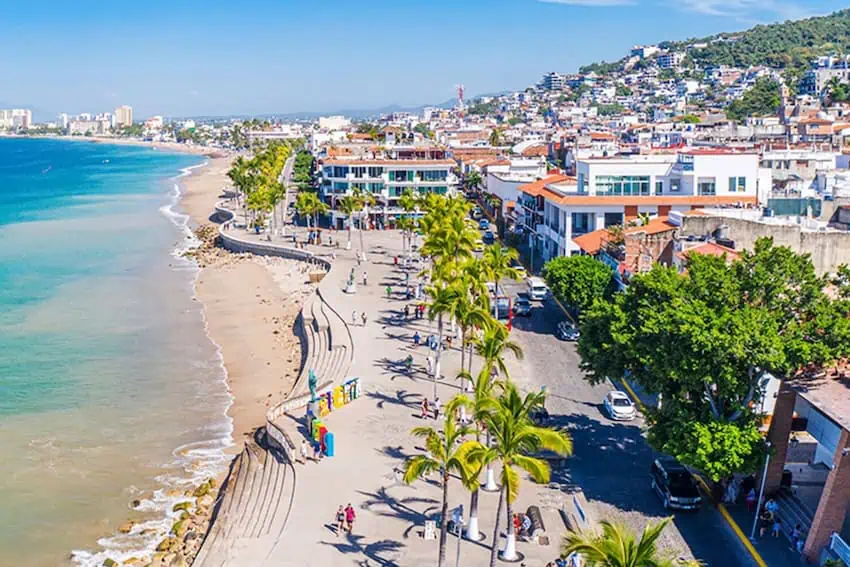
Everyone knows the Malecón, but here’s the trick — go early. Watching the sunrise over the mountains, casting a warm glow over the bay, is a peaceful way to start the day. The sculptures, the sea breeze, and the quiet streets make it feel like the town is just waking up with you. Trust me, it’s a completely different vibe from the busy afternoons.
Taste handmade chocolates at Raíces Chocolatería
This spot is a hidden gem for anyone with a sweet tooth. Raíces Chocolatería is all about artisanal, hand-crafted chocolate. Try the dark chocolate truffles (my personal favorite), and if you’re feeling adventurous, ask about their ice bath experiences.
Hike to the hidden Colomitos Beach
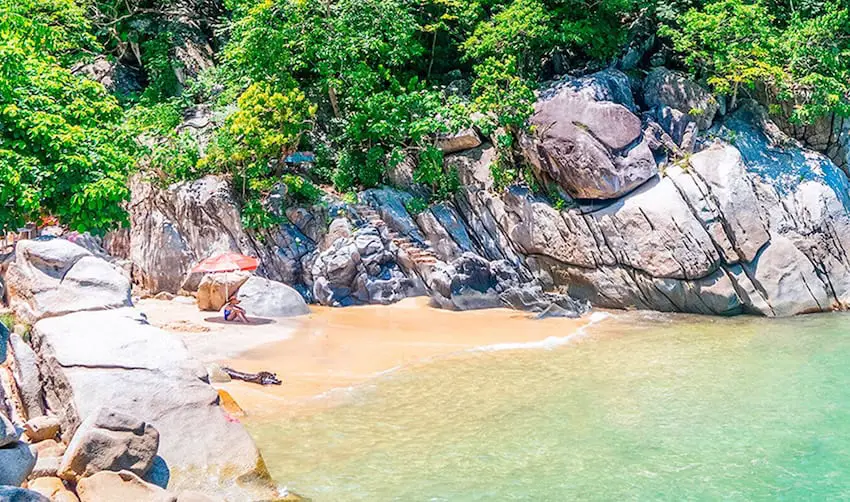
If you’re up for an adventure, take a boat to Boca de Tomatlán, then hike through the jungle to Colomitos Beach. The hike is short but a bit rugged — totally worth it when you reach this small, secluded cove with crystal-clear waters. I love bringing a picnic and spending the day snorkeling and relaxing away from the crowds. If you’re feeling even more intrepid you can continue the hike on to Playa Las Animas or even further to Quimixto.
Catch the sunset at El Solar
Locals know that El Solar is the place for sunset drinks. Grab a cold beer or a mezcal cocktail, sink your toes in the sand, and get ready for some of the best sunset views in town. There’s usually a live DJ spinning low-key beats, and it’s the perfect place to mix with locals and fellow travelers.
Get lost in art in the Zona Romántica
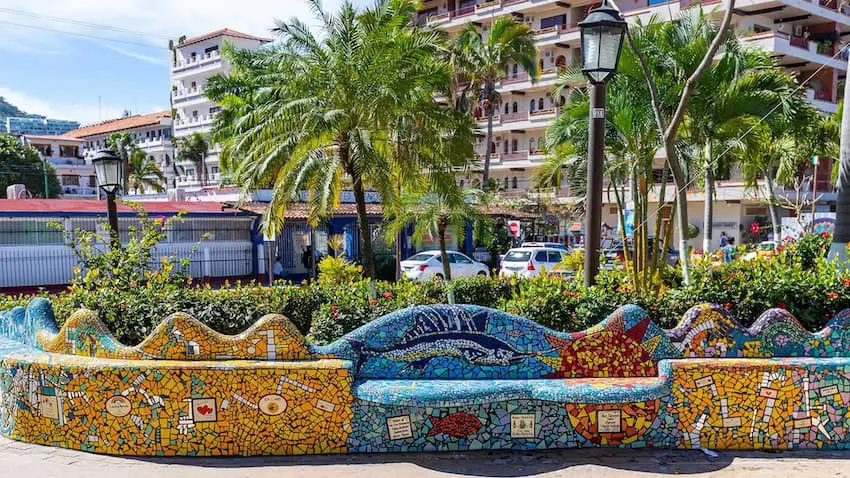
Zona Romántica is not just for lovers — it’s for art lovers too! Wander through its cobblestone streets and explore the galleries. The ArtWalk (from October to May) is a great way to discover local talent, but even if you miss it, places like Galleria Dante are open year-round. You’ll feel like you’ve stumbled into a hidden creative world.
Watch whales dance in the Bay of Banderas
As a resident, whale watching season (December to March) never gets old. Even though I’ve seen them plenty of times, there’s something magical about watching humpback whales breach and splash right in Banderas Bay. Book a small tour for a more intimate experience, and bring your camera—these gentle giants put on a show.
Join the party at Mr. Flamingo’s
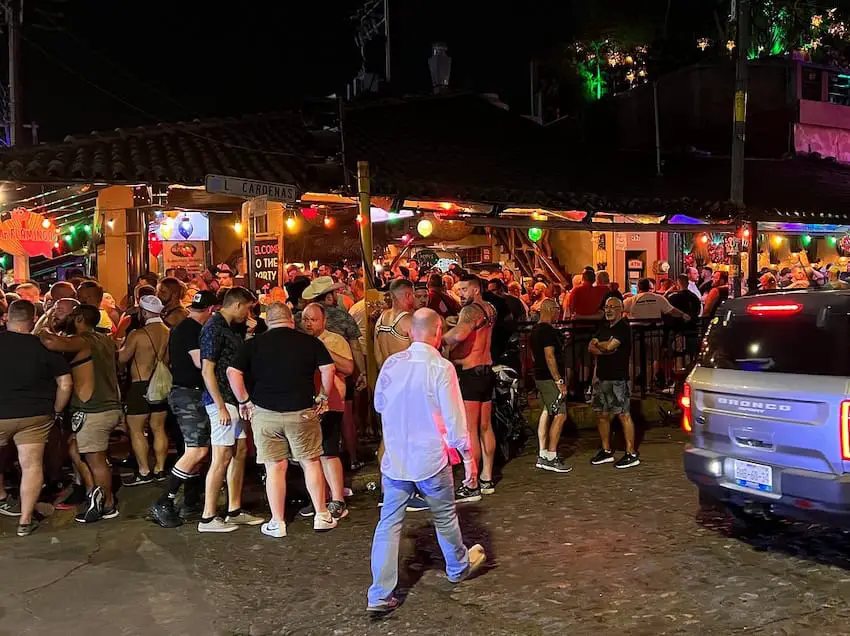
Mr. Flamingo’s is one of those places that always delivers a fun night out. This open-air bar in the Zona Romántica has a funky, colorful vibe that makes it hard not to dance. Locals and tourists come together here, drinks in hand, dancing to the beat of retro pop hits. It’s my go-to spot for a casual but high-energy night.
Snorkel at Los Arcos national marine park
Los Arcos is a must if you love the ocean. The rock formations are stunning, and the snorkeling is top-notch. You’ll see vibrant tropical fish, manta rays, and maybe even a sea turtle or two. Go early in the morning to avoid the tour boats, and you’ll feel like you have this underwater paradise all to yourself.
Sail into the sunset
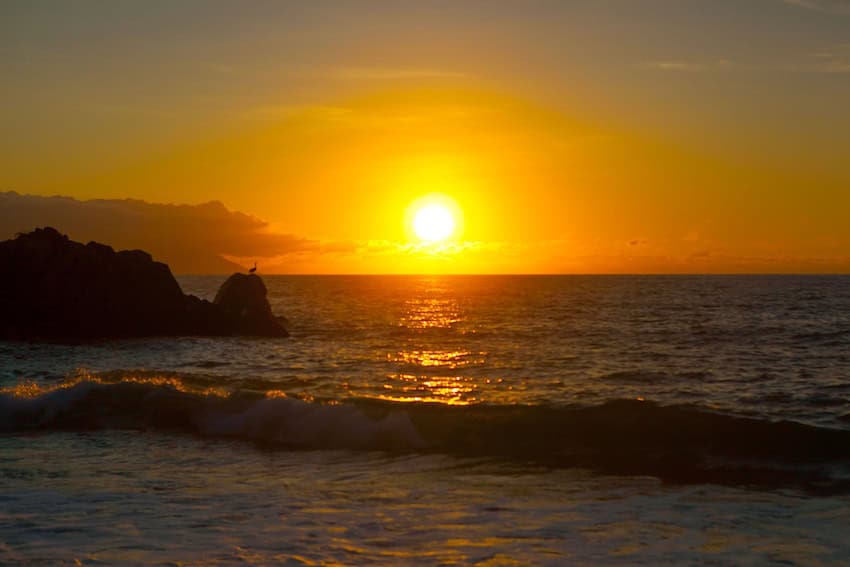
Living here, I’m spoiled with stunning sunsets, but there’s something special about watching one from a sailboat on the bay. Book a sunset cruise for a front-row seat to the fiery colors lighting up the sky over the Pacific. It’s peaceful, romantic, and a bit surreal — a perfect way to end the day.
Explore Isla Cuale’s hidden treasures
Right in the middle of town, Isla Cuale is often overlooked, but it’s a fantastic spot to escape the crowds. Wander through artisan markets for unique souvenirs, check out the Cuale Cultural Center, or just relax by the river with a coffee. It’s like a little slice of quiet paradise in the heart of Puerto Vallarta.
Dance at La Bodeguita del Medio
This Cuban bar and restaurant is where you go when you want to move. Their live salsa music will have you on the dance floor in no time, mojito in hand. The atmosphere here is infectious — don’t worry if you’re not a pro; it’s all about having fun.
Take a taco and tequila tour
Puerto Vallarta’s street food is the stuff of legends. If you’re a foodie, a taco and tequila tour is a must. You’ll discover the best local taquerías, tasting everything from tacos al pastor to marlin tacos. And, of course, you’ll wash it all down with local tequila and mezcal. As a local, this is how I like to show visitors the heart of Vallarta. You can take a group tour with a company like Vallarta Food Tours, or you can DIY with my list of the top taco spots in Puerto Vallarta.
Overnight escape to Yelapa

If you really want to get off the beaten path, take a boat from Los Muertos Pier to Yelapa, a small, car-free fishing village. Spend a night there in a beach bungalow, and you’ll wake up to nothing but the sound of waves and the occasional rooster. By day, hike to the waterfall, and by night, have fresh seafood by candlelight on the beach. It’s a peaceful escape from the hustle and bustle of Vallarta that I always recommend to visitors.
Spend a day at a Beach Club
Puerto Vallarta’s beach clubs are an elevated way to enjoy the seaside. If you’re looking for a relaxing day, head to a local favorite like Swell or Mantamar. For something swankier, La Palapa offers beachside gourmet dining and cocktails.
Day trip to nearby Pueblos Mágicos
Puerto Vallarta is surrounded by charming Pueblos Mágicos (Magical Towns), and they’re just a day trip away. Towns like San Sebastián del Oeste and Mascota are perfect for those looking to immerse themselves in authentic Mexican culture and history. As a local, these towns are where I go when I want a break from the beach and a dose of mountain air.
Meagan Drillinger is a New York native who has spent the past 15 years traveling around and writing about Mexico. While she’s on the road for assignments most of the time, Puerto Vallarta is her home base. Follow her travels on Instagram at @drillinjourneys or through her blog at drillinjourneys.com.
